Mastering Short-Term Cash Flow Issues: Top 3 Solutions for Small Businesses
- March 7, 2024
- Posted by: Steven Abbott
- Categories: Entreprenuership, Finance & accounting
Cash flow is the lifeblood of any small business. It represents the amount of cash coming in and going out of your business, influencing your ability to operate, expand, and ultimately survive. Unfortunately, short-term cash flow issues can pose a significant threat, often caused by delayed invoice payments, unexpected expenses, or seasonal demand fluctuations. Recognizing and addressing these issues promptly is crucial for maintaining your business’s financial health and ensuring long-term success.
Understanding Short-Term Cash Flow Issues in Small Businesses
Cash flow, in its simplest form, is the movement of funds in and out of your business. It’s a crucial measure of financial health, as positive cash flow indicates your business can settle its debts, pay its employees, and invest in growth opportunities. Conversely, negative cash flow can lead to financial distress, inability to pay suppliers, and even business failure.
Common Causes of Cash Flow Problems:
- Seasonal Demand Fluctuations: Many businesses experience periods of high and low demand, significantly impacting cash flow.
- Delayed Invoice Payments: Late payments from customers can disrupt your cash flow, making it hard to manage day-to-day operations.
- Unforeseen Expenses: Unexpected costs, such as emergency repairs or sudden market changes, can strain your finances.
Understanding these common causes is the first step in addressing cash flow issues. Recognizing the signs early can help you take proactive measures to mitigate their impact, ensuring your business remains on a stable financial footing.
Comprehensive Strategies to Address Short-Term Cash Flow Issues
To effectively manage short-term cash flow problems, small businesses must implement strategic solutions. Below, we delve into three critical areas: enhancing invoice management, managing expenses and payables, and securing short-term financing options.
Enhancing Invoice Management
Timely invoicing and aggressive follow-ups are key to maintaining a healthy cash flow. Late payments from clients can severely disrupt your business operations. Implementing strategies to speed up receivables is crucial.
- Offer early payment incentives: Consider discounts for clients who pay their invoices early. Even a small percentage off the total bill can motivate quicker payments.
- Electronic invoicing and payment systems: Utilize technology to streamline the invoicing process. Electronic invoices can be sent and received faster than traditional methods, and offering various payment options can expedite the process.
- Conduct credit checks on new clients: Before entering into agreements, assess the creditworthiness of new clients. This step can help avoid delays in payments and reduce the risk of bad debt.
Managing Expenses and Payables
Efficiently managing your expenses and payables can free up significant cash flow. Cutting unnecessary costs and negotiating better terms with suppliers are strategies that can provide immediate relief.
- Cut unnecessary expenses: Regularly review your expenses and identify areas where cuts can be made without sacrificing the quality of your goods or services.
- Negotiate better payment terms with suppliers: If you have a good relationship with your suppliers, they may be willing to extend your payment terms, giving you more breathing room to manage your cash flow.
- Budgeting and financial planning: Developing a detailed budget and financial plan can help you anticipate cash flow shortages and plan accordingly.
Securing Short-Term Financing Options
When immediate cash flow solutions are needed, short-term financing options can be a lifeline. Understanding the pros and cons of each option will help you choose the best solution for your business.
- Business lines of credit: These offer flexible access to funds up to a certain limit. You only pay interest on the amount you borrow, making it a versatile option for managing cash flow.
- Short-term loans: These loans are designed to be repaid quickly, often within a year. They can provide a quick infusion of cash but typically come with higher interest rates.
- Invoice financing: This allows you to borrow against the value of your outstanding invoices, providing immediate funds. However, fees and the percentage of the invoice value you’ll receive as a loan should be carefully considered.
Implementing these strategies requires careful consideration and planning. Each option has its benefits and drawbacks, and the right choice depends on your specific business needs and financial situation.
Practical Steps to Implement the Top Solutions
Successfully managing short-term cash flow issues involves not just identifying the right strategies but also effectively implementing them. Here’s a practical guide to putting the top solutions into action.
Checklist for Improving Invoice Management
- Automate the invoicing process: Use online invoicing software to create and send invoices immediately after goods or services are delivered.
- Set clear payment terms: Clearly state payment due dates and penalties for late payments on every invoice.
- Follow up on outstanding invoices: Implement a system for regularly following up on unpaid invoices, starting with polite reminders and escalating as necessary.
Guidelines for Expense Management and Negotiation
- Conduct a thorough expense audit: Review all business expenses to identify non-essential costs that can be reduced or eliminated.
- Negotiate with suppliers: Reach out to suppliers to discuss longer payment terms or discounts for early payments. Building strong relationships can open up negotiation opportunities.
- Adopt a zero-based budgeting approach: For each new period, start your budget from zero and justify every expense. This can help you minimize unnecessary spending.
Action Plan for Securing Short-Term Financing
- Evaluate your financing needs: Determine how much funding you need and for what purpose. This will help you choose the most appropriate financing option.
- Research available options: Look into various short-term financing solutions, comparing interest rates, terms, and eligibility requirements.
- Prepare necessary documentation: Gather financial statements, tax returns, and other documents lenders may require to process your application.
- Apply for financing: Submit your application to selected lenders. If you’re applying for a line of credit or a loan, consider multiple lenders to find the best terms.
Additional Tips for Preventing Future Cash Flow Problems
While addressing current cash flow issues is crucial, it’s equally important to implement strategies to prevent future problems. Here are some additional tips:
- Regular financial analysis: Conduct monthly cash flow analyses to identify trends and potential issues before they become problematic.
- Establish an emergency fund: Aim to set aside a portion of your profits into an emergency fund to cover unexpected expenses.
- Improve customer and supplier relationships: Strong relationships can lead to better payment terms with both customers and suppliers, improving your cash flow.
Leveraging Technology and Tools for Cash Flow Management
Technology can play a significant role in managing your cash flow more effectively. Here are some tools and software recommendations:
- Accounting software: Programs like QuickBooks, Xero, and FreshBooks can automate many aspects of financial management, from invoicing to expense tracking.
- Invoice management tools: Services like Invoice2go and Due provide streamlined solutions for creating and managing invoices.
- Budgeting tools: Apps like Mint and PocketGuard can help small businesses manage their budgets and track expenses.
Implementing these practical steps and leveraging technology can significantly improve your business’s cash flow management. By taking proactive measures today, you can ensure a more stable and prosperous future for your small business.
In the quest for small business success, mastering the management of short-term cash flow issues is paramount. The strategies discussed—enhancing invoice management, managing expenses and payables, and securing short-term financing options—serve as a foundation for not just surviving but thriving in today’s competitive marketplace.
Effective cash flow management goes beyond addressing immediate challenges; it’s about setting your business up for long-term growth and stability. By implementing the practical steps outlined, small business owners can navigate through cash flow difficulties more confidently and maintain a solid financial footing.
Remember, the health of your cash flow reflects the overall health of your business. Regular monitoring, along with proactive and strategic planning, can prevent cash flow issues from escalating into serious financial crises. It’s about making informed decisions that ensure your business remains robust and ready to capitalize on opportunities for expansion and growth.
By embracing these strategies and maintaining a vigilant eye on your business’s cash flow, you’re setting the stage for sustained growth and stability. The journey of managing a small business is filled with challenges, but with the right tools and strategies, navigating short-term cash flow issues can become a manageable, even empowering, aspect of your business strategy.
Thank you for reading, and here’s to your business’s continued success!

